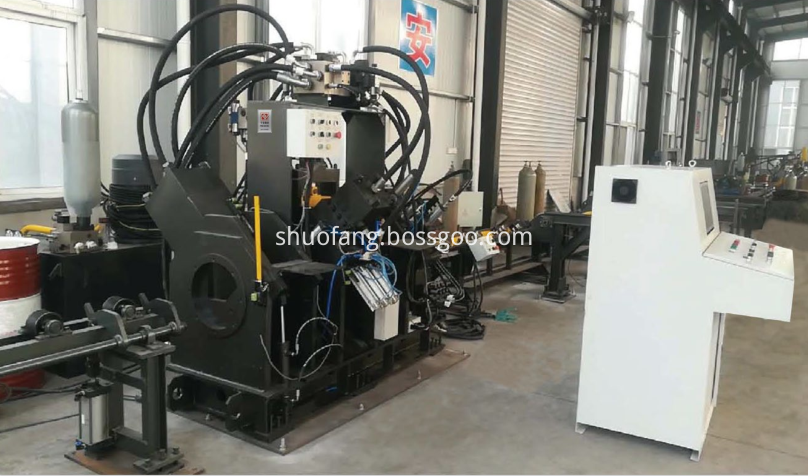United States: Local reversibility of lithium-air batteries
According to a recent report by the Physicist Organization Network, as the name suggests, lithium air batteries use oxygen in the air as a cathode and lithium as an anode. Since the porous carbon-based cathode is very light and oxygen can be obtained from the environment without being stored in the battery, the lithium-air battery is very light and has a higher energy density, and can be stored 5 to 10 times more than the lithium-ion battery. energy of. However, in addition to these advantages, lithium-air batteries still face numerous market restrictions. In a new study, the Oak Ridge National Laboratory's research team solved one of the most important problems: reversibility, which is very important for recharging and cost reduction of such batteries. The relevant research report was published in the recently published "Nanotechnology" magazine.
When the charged lithium-air battery is put into use, lithium ions pass through the electrolyte material, undergo an oxidation-reduction reaction with the oxygen at the cathode, generate electrons and remain at the cathode, thereby supplying electric power to the electronic device. In order to recharge the battery, lithium ions must return from the cathode to the anode. This is difficult to achieve because it involves many unfavorable chemical processes such as low solubility of the reaction product, slow reaction power, and poor reaction of lithium metal. When the chemical reactions are superimposed, they will form insoluble products, so that reversible reactions will hardly occur and will eventually clog at the cathode.
In the study, the scientists used a 20-micron tip of an atomic force microscope (AFM) based on a lithium-ion-conducting glass-ceramic electrolyte to measure changes in the height of the tip of the microscope during the cycle using direct current to analyze the growth of lithium particles to explore the battery's Reversibility. They observed the local reversibility of lithium particles, which is evidenced by the anodic peaks that occur with decreasing lithium ions, and the decrease in the height of the associated particles. When the smallest particles are formed, the degree of reversibility reaches the highest level. The researchers found that both the increase and decrease in tip height are related to changes in current. This means that they may produce nano-batteries with active anodes, and the reversibility of lithium-air batteries is expected to be further improved in the future.
Scientists said that if the lithium-air battery can be realized, it will be mainly used in transportation or laptop computers and other situations or products that require high mobility. However, it still needs more technical improvements, such as the use of better catalysts on the cathode, and superior performance of the multifunctional electrolytes. If these obstacles are overcome, lithium-air batteries will also be able to be applied to a wider range of applications. Applied to MEMS and nanoelectromechanical systems, these systems have lower energy requirements and lithium-air batteries can operate longer. (Zhang Hao)
It has Single axis and Multi axis processing functions,
Computer programming auto processing
Process tolerance. and process accuracy of machine are up to the industry standard.

Beam Latching Machine,Steel Fabrication Machine,Beam Process Machine,Beam Drill Machine
Shandong EN FIN CNC Machinery Co., Ltd , https://www.shuofangcn.com